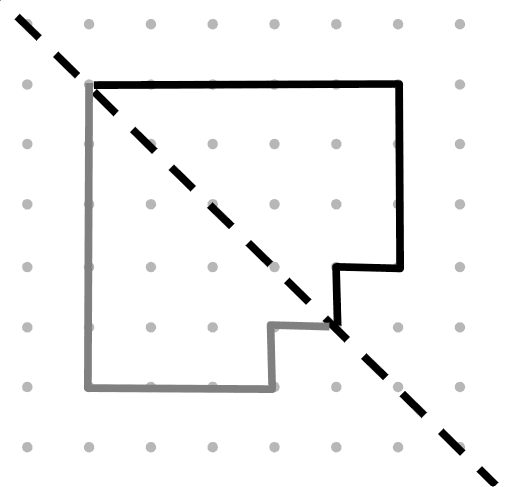Myths about teaching can hold you back
- Year 4
Diagonal lines of symmetry
I can reflect shaded squares and polygons in a diagonal line of symmetry.
- Year 4
Diagonal lines of symmetry
I can reflect shaded squares and polygons in a diagonal line of symmetry.
These resources will be removed by end of Summer Term 2025.
Switch to our new teaching resources now - designed by teachers and leading subject experts, and tested in classrooms.
These resources were created for remote use during the pandemic and are not designed for classroom teaching.
Lesson details
Key learning points
- A line of symmetry does not have to be vertical or horizontal. You can reflect shapes in a diagonal line of symmetry.
- You can reflect a shape by counting the position of each vertex and making a mark, and then joining the marks.
- Each vertex of a shape will be the same distance from the line of symmetry when it is reflected.
Keywords
Line of symmetry - If you were to fold a shape on its line of symmetry, both halves would match exactly.
Mirror line - Mirror line is another term to describe the line of symmetry.
Reflect - When you reflect a shape, you flip it over a mirror line or line of symmetry without turning it or changing the size.
Reflection - The reflection of a shape is the mirror image of a shape.
Common misconception
Children may try to reflect in a diagonal line but not at a 45 degree angle, leading to inaccuracies when marking each vertex.
Encourage children to work horizontally and then vertically, rather than trying to reflect in a diagonal line. Explore how this can be done in either order, orienting the paper, and notice how the same point will still be marked on the grid.
To help you plan your year 4 maths lesson on: Diagonal lines of symmetry, download all teaching resources for free and adapt to suit your pupils' needs...
To help you plan your year 4 maths lesson on: Diagonal lines of symmetry, download all teaching resources for free and adapt to suit your pupils' needs.
The starter quiz will activate and check your pupils' prior knowledge, with versions available both with and without answers in PDF format.
We use learning cycles to break down learning into key concepts or ideas linked to the learning outcome. Each learning cycle features explanations with checks for understanding and practice tasks with feedback. All of this is found in our slide decks, ready for you to download and edit. The practice tasks are also available as printable worksheets and some lessons have additional materials with extra material you might need for teaching the lesson.
The assessment exit quiz will test your pupils' understanding of the key learning points.
Our video is a tool for planning, showing how other teachers might teach the lesson, offering helpful tips, modelled explanations and inspiration for your own delivery in the classroom. Plus, you can set it as homework or revision for pupils and keep their learning on track by sharing an online pupil version of this lesson.
Explore more key stage 2 maths lessons from the Properties of 2D and 3D shapes and symmetry unit, dive into the full primary maths curriculum, or learn more about lesson planning.

Licence
Prior knowledge starter quiz
6 Questions
Q1.Which of these images shows a correct reflection?
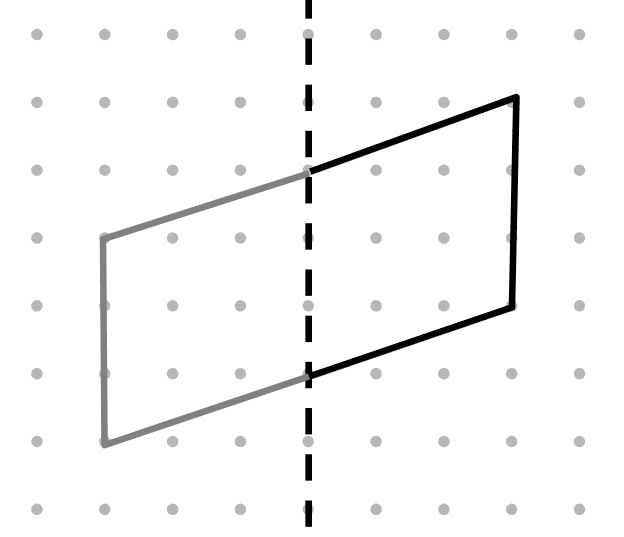
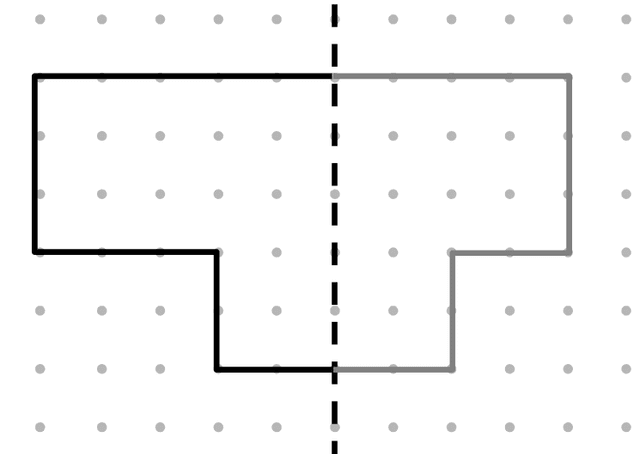
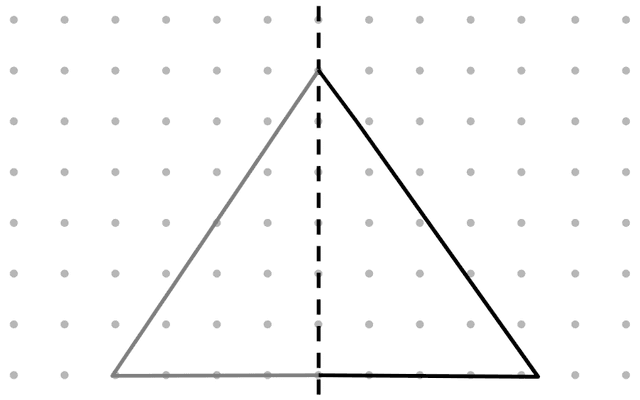
Q2.Which of these images is not a correct reflection?

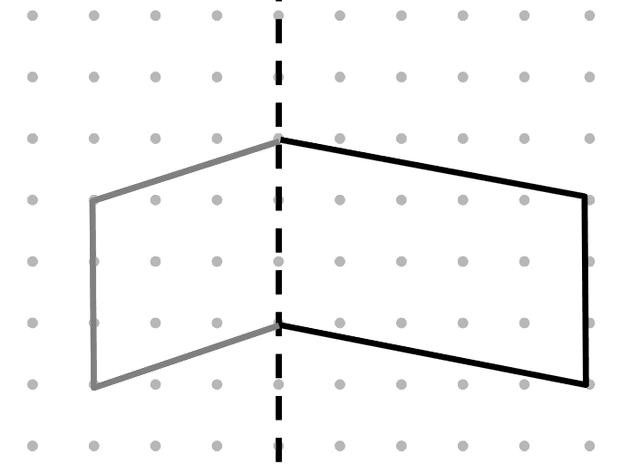

Q3.Before reflection, this shape was a trapezium. Now, it is a __________.
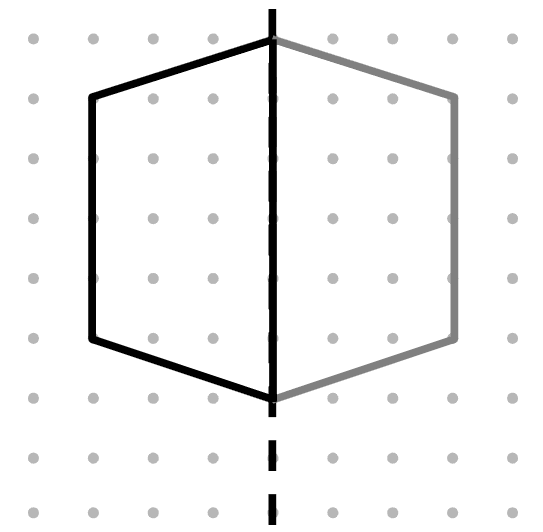
Q4.Before reflection, this shape was a right-angled triangle. Now, it is __________.
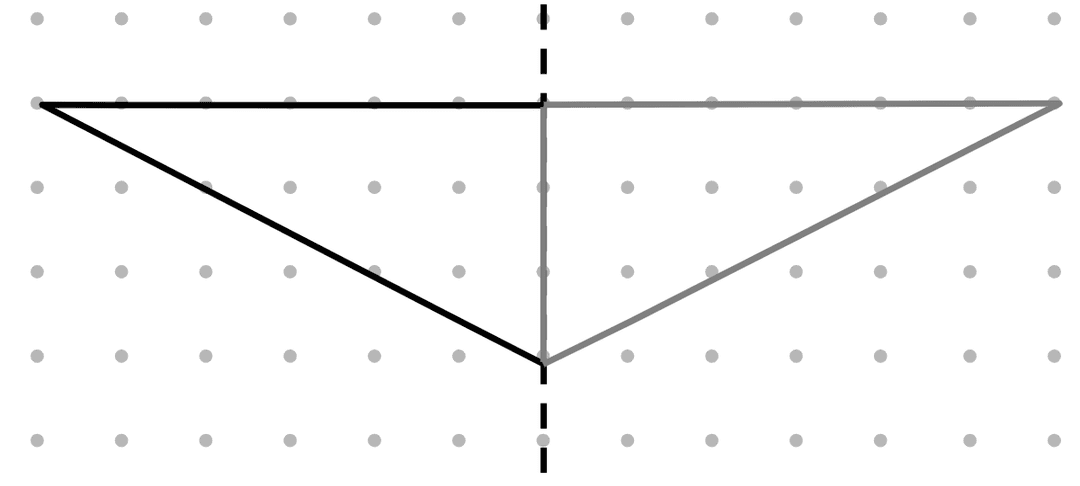
Q5.Here are triangles that have been reflected with one of the sides touching the line of symmetry. Name the shapes that have been made.
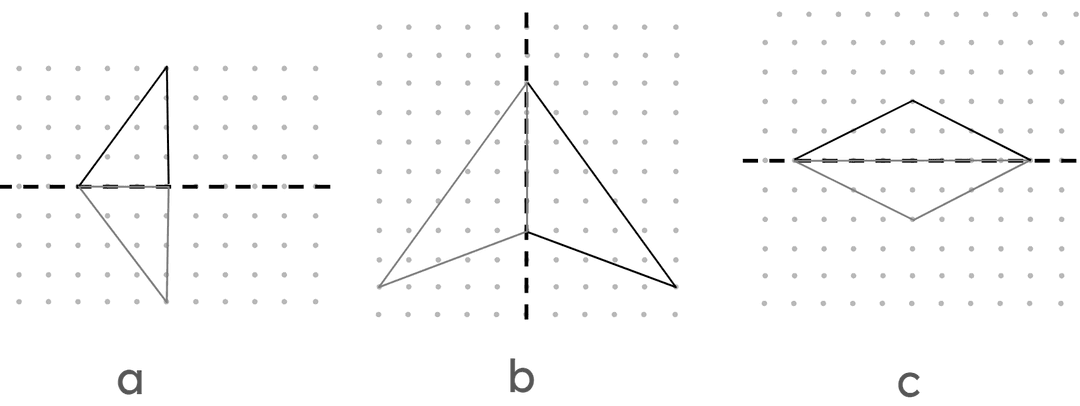
triangle
kite
parallelogram
Q6.True or false. When you reflect a square that has a side that touches the mirror line, it will create a larger square.
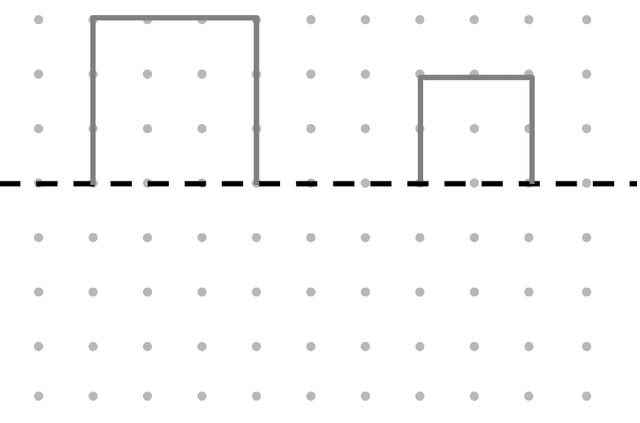
Assessment exit quiz
6 Questions
Q1.Match each mirror line with its correct direction.
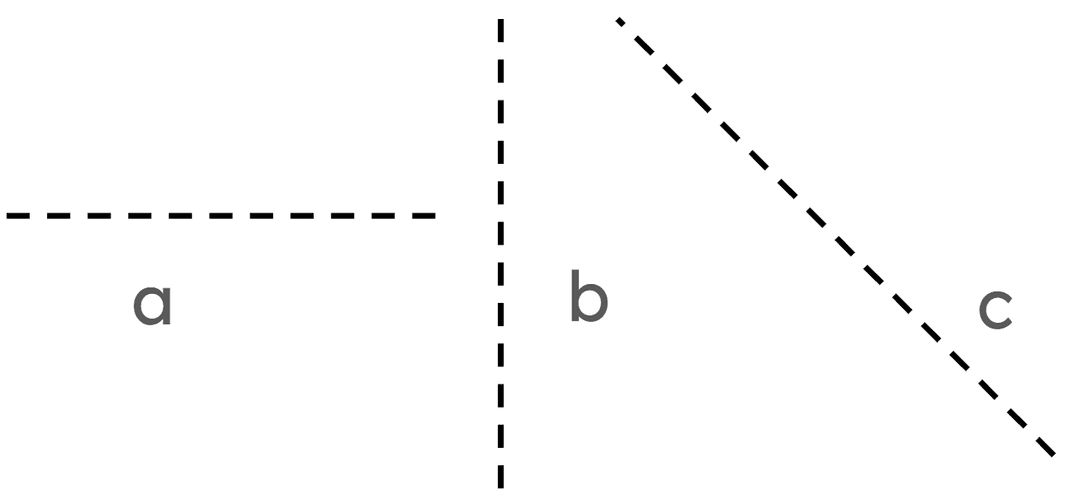
horizontal
vertical
diagonal
Q2.Which image shows a correct reflection?

Q3.True or false. This shape has been correctly reflected in a diagonal line of symmetry.
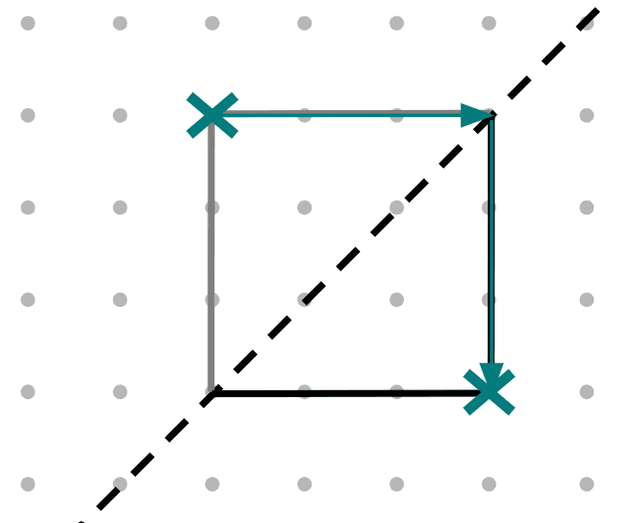
Q4.Which image shows a correct reflection?
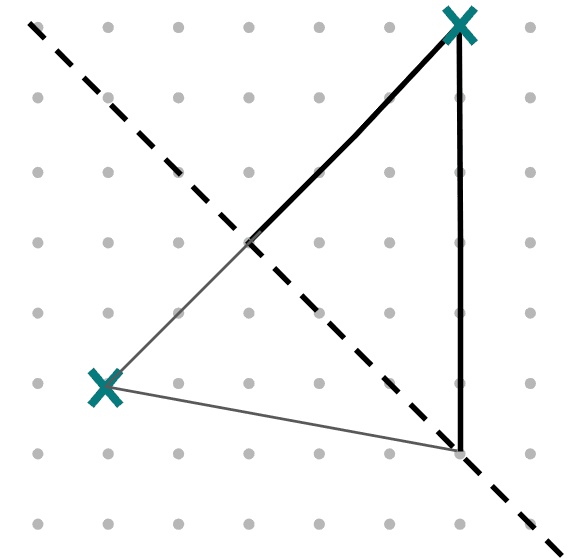
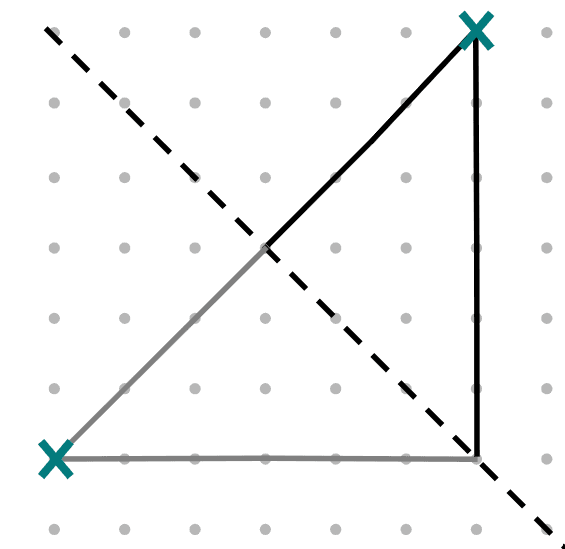

Q5.Here are quadrilaterals that have been reflected with one of the sides touching the line of symmetry. Name the shapes that have been made.
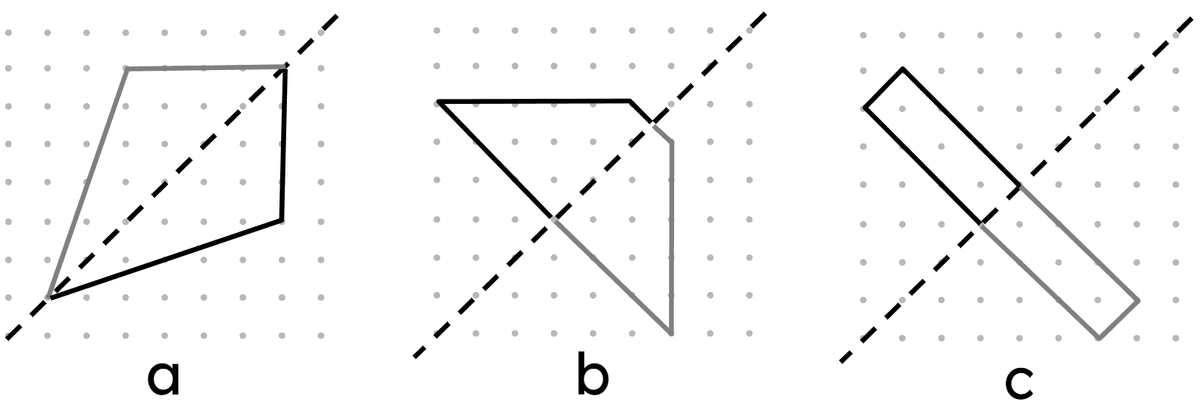
kite
trapezium
rectangle
Q6.This shape has been reflected in a diagonal line of symmetry. The new shape is __________.
